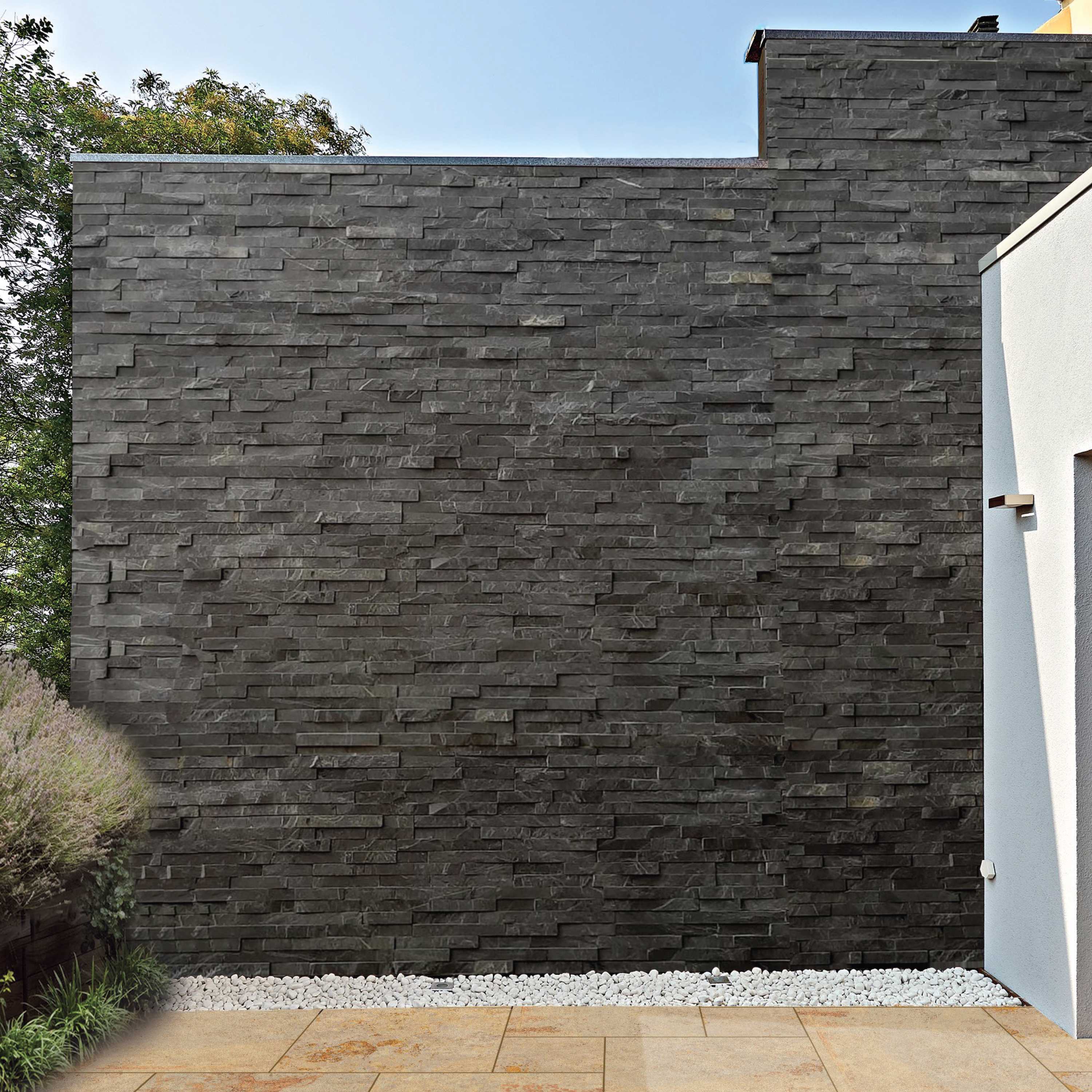5 Types of Paving Grouts To Fill The Gaps Between Pavers
Apr 13, 2023
Grouting patio pavers is as important as laying the paving slabs. When you invest huge amounts of time and money in laying quality slabs for your patio, it’s also important to use quality paving grout for your outdoor space. Though grout may not improve the look of your space, it offers numerous benefits like protecting the foundations from water and weather damage, increasing the lifespan of your patio pavers and holding them well in place.
So, there are various benefits of grouting your patio pavers. However, grout for paving slabs comes in different types, and each one of them has its own properties and benefits. To help you learn more about the different types of paving grouts, we’ve come up with this article. Here, you’ll find the different types of grouts that can be used to strengthen your patio.
1. Cementitious-Based Slurry Grouts
This type of paving grout is one of the easiest to apply between your patio pavers. This wet, flowable, cement-based mortar is poured across the paving slabs to fill the joints between the pavers quickly. This patio grout is much easier to apply than traditional mortar. This grout type requires the job to be done by two persons as it is a rapid-setting grout. So, you don’t want the mixture to set on the surface of your patio pavers.
However, you should also keep in mind that cementitious-based slurry grouts are available in a limited number of colours. Plus, the granular appearance of this grout will not blend well with many paving stones and pavers. So, choose your outdoor pavers wisely, and it is recommended to lay the grey patio slabs if you want to fill the gaps between pavers with this type of grout.
2. Single Part Polymeric Compounds
The simplest type of grouting material can be single-part polymeric compounds, which are best suited for application in low-traffic areas like patios and pathways. The most common ingredients in this patio grout are a filler and a resin/ cement binding agent.
We advise you to take into consideration single-part polymeric compound patio grout if you’re seeking a flexible alternative that may be employed with the majority of pavement types. They are a fast and simple resin jointing product to use. Typically, you moisten the paving before applying the dry cement. Then, using a squeegee and a brush, this is pressed into the pavement joints. Polymeric compounds that come in a single part are made to be swept aside.
3. Two-Part Epoxy Resin
This type of grout for paving slabs, whether it’s Indian sandstone slabs, black limestone paving or any other paving, is made from a sand-based aggregate and a resin. Grouting paving slabs with this type of grout will provide a much stronger chemical reaction than that of the polymeric compound. The resin in this grout hardens the aggregate, making it durable and suitable for jet washing. Though, two-part epoxy resin is much more expensive than other patio grouts. This grout is used in high-traffic areas and driveways as it can bear heavy loads.
4. Exterior Tile Grouts
Exterior tile grouts consist of a dry, cement-based powder mixed with water to produce a slurry grout material. It is necessary to combine the contents of the bag with a particular proportion of water before applying outside tile grout. After that, the mixture is applied to the paving joints using a grout float. This patio grout option requires some practice, and it may take longer to complete than other options you may brush in. However, once you know how, it is simple to apply.
5. Traditional Mortar
This is the traditional way of grouting paving slabs, and many contractors still use this method. This type of paving grout uses a sand and cement mix with four parts sand to one part cement. This mixture is then mixed with water and applied to the joints. Whether you are using this grout for outdoor tiles or natural stones, this will always provide a strong joint between the pavers. Traditional mortar does not have various colour options, so you should wisely choose the colours of your paving slabs. This paving grout is not expensive but can be time-consuming when applied. However, if this grout is installed properly, it can last for many years.
Conclusion
These types of paving grout can be used to fill the gaps between your natural stone pavers and outdoor tiles. If you are not sure about the right type of grout for your outdoor paving, consider hiring a professional. They will guide you through the complete process, right from selecting the suitable grout type to the finishing touches.
Frequently Asked Questions
These are some of the frequently asked questions regarding paving grout that will help you learn deeply about all the grout types.
Q1. What is the best grout for paving slabs?
If you are looking for a versatile option, you should consider single-part polymeric compound grout.
Q2. What grout do you use for outdoor pavers?
Two-part epoxy resin grout is ideal for high-traffic areas such as driveways as they can bear heavy loads.
Q3. How long does paving grout last?
When considering indoor grouting, you would expect it to last for around 15 years. But this is not the same with outdoors, where you expect grout to last for around 5 years.


